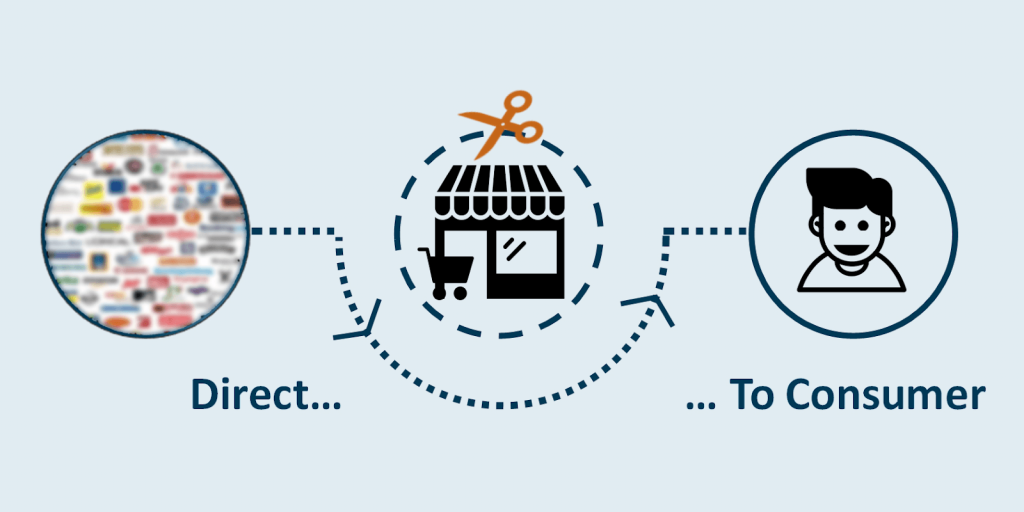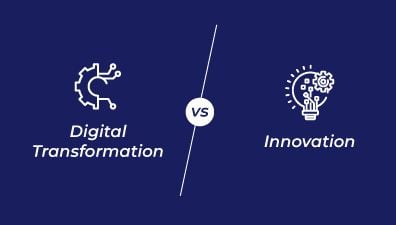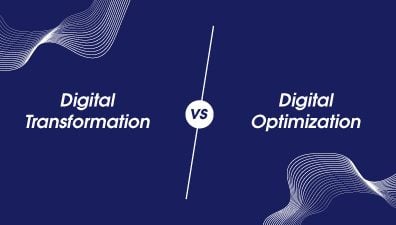In recent years, the D2C (direct-to-consumer) sector has been increasing at double-digit rates. In 2024, it is expected to expand at a rate of 15.9%. These figures are pre-COVID-19, so the propensity to go direct-to-consumer will likely grow much more in the face of the supply chain unpredictability and loss of control we’ve seen in recent months. In this article, we are going to define what are direct-to-consumer brands and explore top direct-to-consumer brands through new business case studies.
Table of Contents
What Is a Direct-to-Direct-to-consumer Brand?
Direct-to-consumer meaning is defined as brands whose products’ promotional and sales activities bypass third-party channels such as intermediate retailers and thereby, directly sell products or services to target group consumers, whether it is offline physical stores or online stores.
D2C allows brands to own their whole purchasing process, not just their products, and operate as a technical operator, testing and learning with vital new first-hand data. The main benefit of direct-to-consumer marketing is that it focuses on customers, resulting in more brand loyalty. D2C requires lower expenses than physical retail because it has fewer business components, such as staff, purchasing costs, sending confirmation, and renting or opening a physical store. A direct-to-consumer model allows you to reach a far larger global audience and take advantage of an almost limitless market.
Why Is There a Rise in Direct-to-Consumer Brands?
The D2C model is easy to organize, even in a start-up phase. eCommerce has made it much easier to sell directly to customers. For example, as soon as customers can purchase a product on social media via their smartphone, third parties are no longer necessary.
Certainly not when you consider that an average of 130 million Instagram accounts click on a shop message per month. This is in contrast to the past when as a brand you could only reach people through a physical store. Small independent brands struggled to be visible in brick-and-mortar stores. You had to convince the retailer, distributor, or wholesaler that customers would buy your product and that you could create enough inventory to meet large purchase orders. Now brands can bypass intermediaries and reach customers themselves.
This does not mean it’s easy as brands still need to offer high-quality products and work on their branding so that they can be found by customers. A huge contributing factor is the trend of direct-to-consumer brands in 2021 and 2023 when the pandemic forced people to stay inside, leading to more online shopping at home.
Top Direct-to-Consumer Brands
Elvie
Elvie, founded in 2013 by Tania Boler, has swiftly established itself as a beacon of innovation in the world of women’s health technology. Pioneering a suite of products tailored specifically for the modern woman, Elvie’s ethos is built around seamlessly integrating technology into the daily lives of women to address health needs that were previously neglected or taboo. The Elvie Trainer, for instance, offers a nuanced approach to pelvic floor exercises by providing real-time feedback via an app, turning what was once a tedious task into an engaging experience. Similarly, their Elvie Pump revolutionized breastfeeding by introducing a silent, wearable breast pump that prioritizes discretion and convenience.
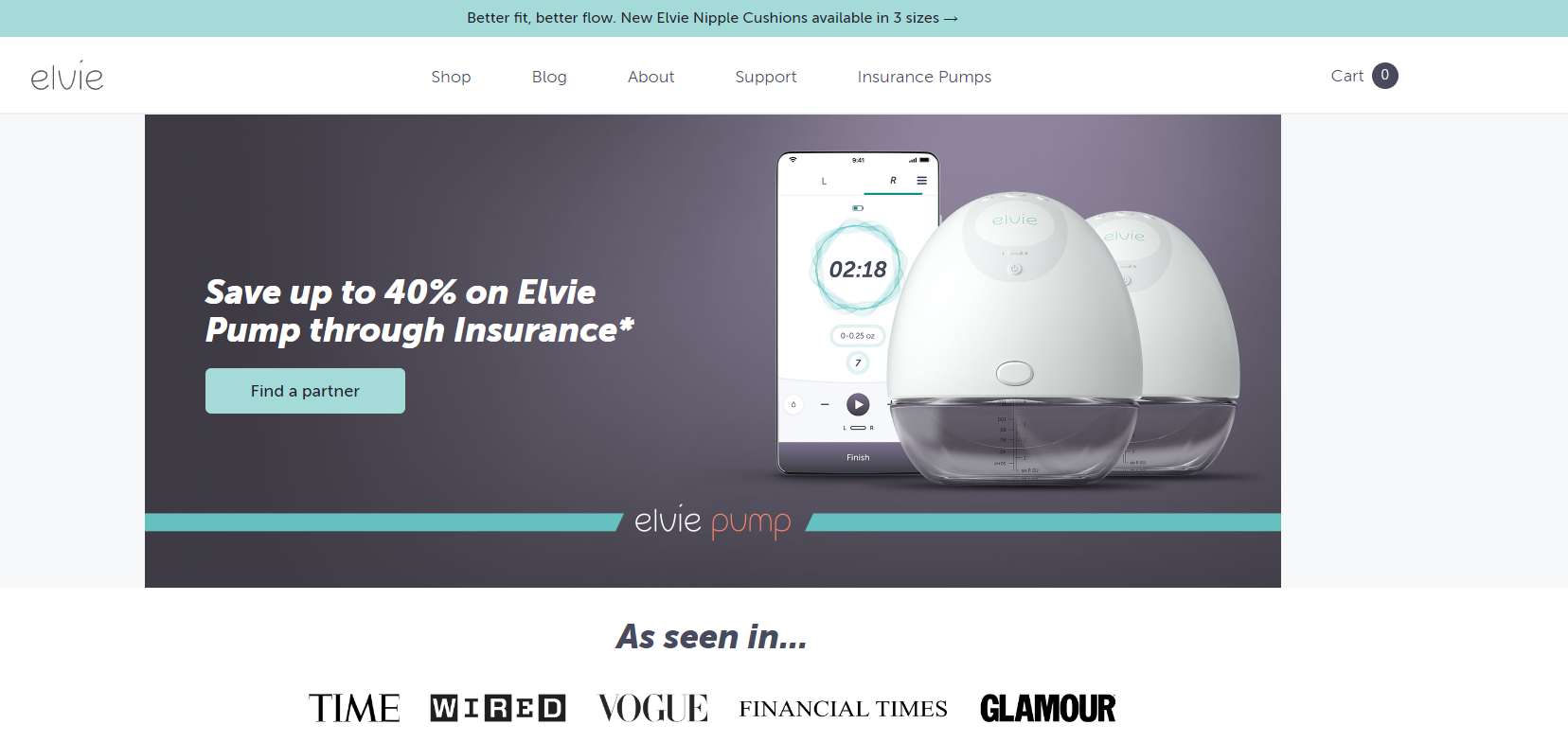
In a market flooded with generic products, Elvie’s D2C approach stands out, ensuring they maintain a direct line of communication with their users. This model not only allows for rapid feedback and product iteration but also empowers Elvie to produce educational content that guides users, fostering a community around women’s health. Through a combination of groundbreaking products, consumer-focused strategies, and a commitment to shattering outdated norms, Elvie has successfully etched its name as one of the top direct-to-consumer brands.
Allbirds
Emerging from the bustling startup scene of San Francisco in 2014, Allbirds, founded by Tim Brown and Joey Zwillinger, has carved a unique niche for itself in the highly competitive footwear industry. Their distinctive proposition lies in their unwavering commitment to producing environmentally friendly shoes crafted from sustainable materials like merino wool, eucalyptus tree fibers, and sugarcane. This dedication to eco-consciousness extends beyond just the materials; every aspect of Allbirds’ production, from its carbon-neutral supply chain to its minimalistic packaging, resonates with the brand’s mission to tread lightly on the planet.

Adopting a direct-to-consumer model, Allbirds has cultivated a deeply loyal customer base that values both style and sustainability. Their shoes, often described as the world’s most comfortable, have garnered widespread acclaim not just for their aesthetics, but also for their breathable, lightweight, and eco-friendly design. By sidestepping traditional retail middlemen, Allbirds ensures a transparent dialogue with its consumers, constantly iterating on designs based on feedback, and educating them about the brand’s sustainable initiatives. In an age where consumers are increasingly eco-conscious, Allbirds stands as a testament to the potential of marrying style with sustainability in the direct-to-consumer space.
Stitch Fix
Launched in 2011 by Katrina Lake, Stitch Fix has reshaped the fashion landscape by blending personal styling with cutting-edge data analytics. At its core, the brand offers a curated fashion subscription service: customers receive a box of handpicked clothing items based on their preferences, and they can choose to keep or return them. What sets Stitch Fix apart in the crowded fashion industry is its innovative utilization of data science. Every Fix box sent out is the result of intricate algorithms analyzing customer feedback, style preferences, and purchasing behaviors, ensuring that each selection is tailored to the individual’s tastes.
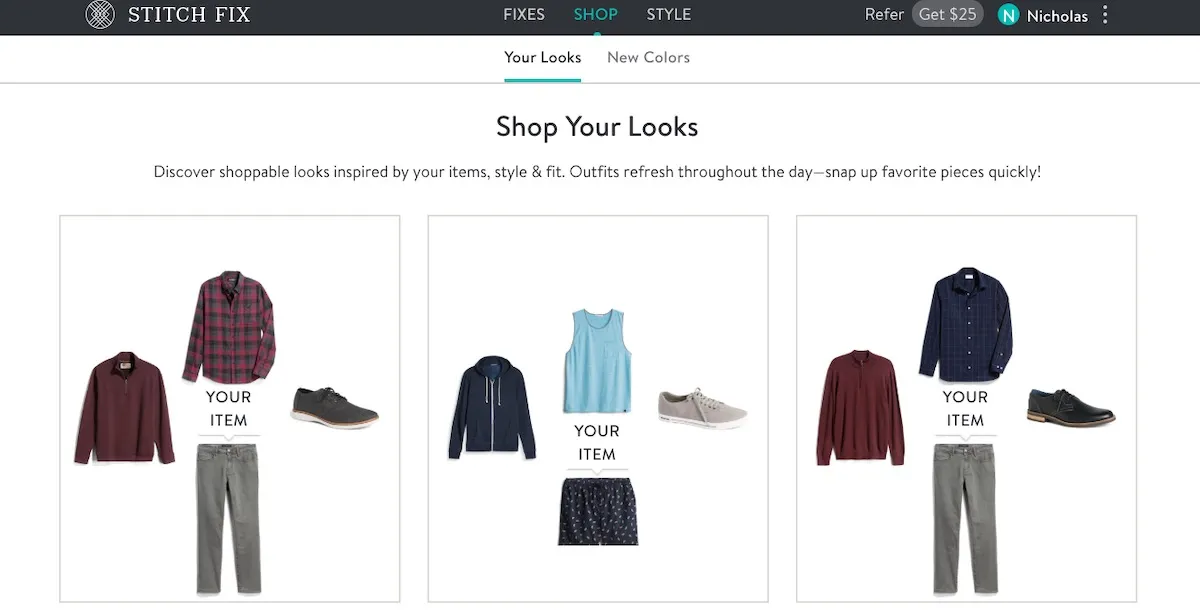
The direct-to-consumer model employed by Stitch Fix offers a unique advantage in the world of fast fashion. Bypassing the traditional retail structure allows the brand to establish a more intimate and responsive relationship with its customers. Each interaction, purchase, and piece of feedback refines the system, making subsequent recommendations even more accurate. The result is a shopping experience that feels deeply personalized, offering busy consumers a hassle-free way to stay stylish. In a world saturated with off-the-shelf fashion, Stitch Fix stands out as a beacon of tailored style and tech-driven innovation.
Oura
In a world increasingly preoccupied with health and well-being, Oura has distinguished itself as a frontrunner in the domain of sleep and recovery tracking and becomes one of the top direct-to-consumer brands. Founded in 2013 by Petteri Lahtela and Kari Kivelä, Oura introduced a sleek, titanium ring, challenging the conventions of bulkier wearable devices. Unlike traditional fitness trackers, the Oura Ring prioritizes holistic health by focusing on three pillars: readiness, sleep, and activity. Its sensors meticulously track parameters such as body temperature, heart rate variability, and sleep stages, offering users in-depth insights into their recovery and overall health.
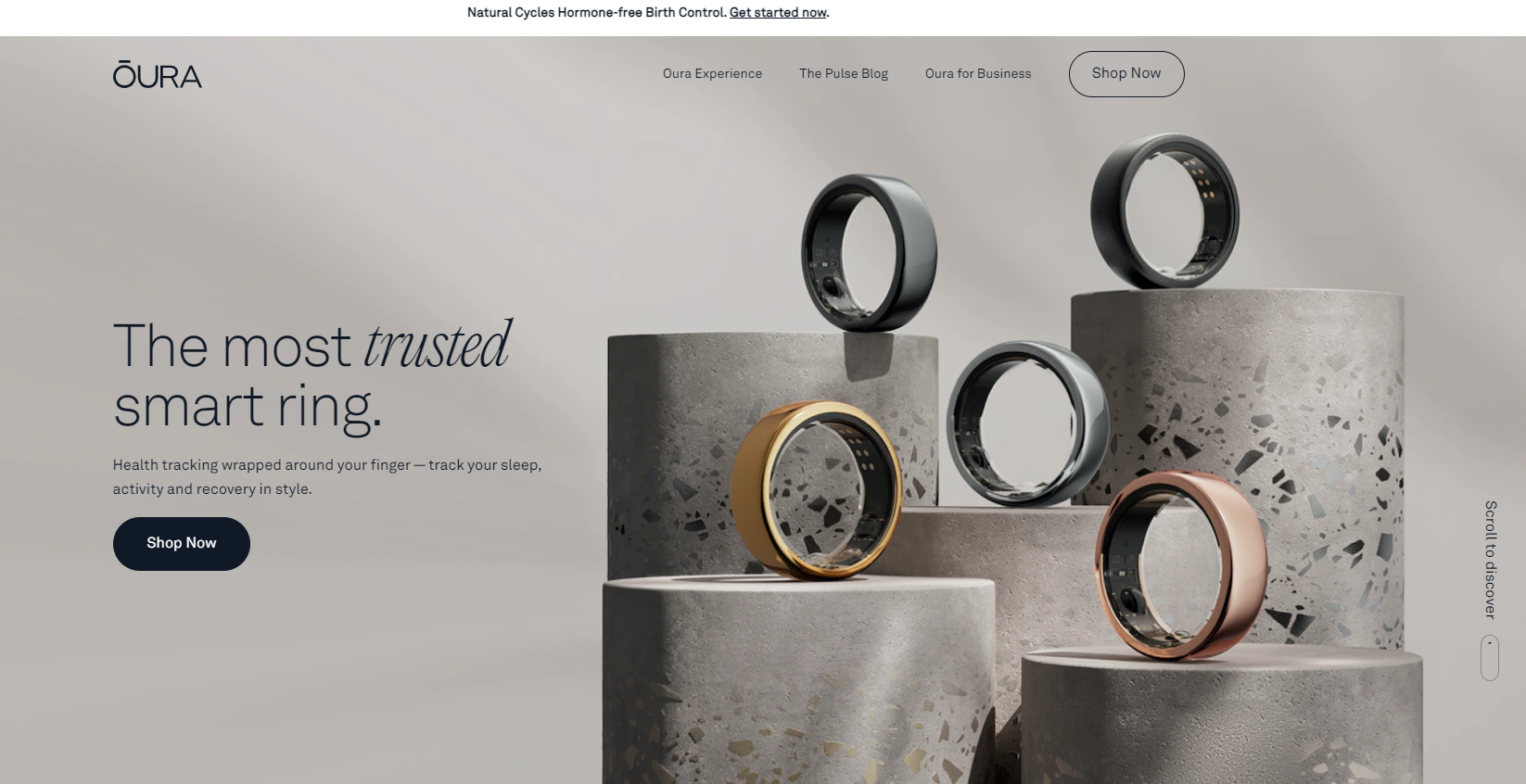
The D2C model Oura employs has been instrumental in its rapid ascent within the wearable tech community. By fostering a direct relationship with its users, Oura has cultivated a community of health enthusiasts, athletes, and everyday consumers looking to optimize their well-being. The brand’s commitment to continuous research, in collaboration with prominent institutions and researchers, reinforces its credibility. As one of the top D2C brands wakes up to the importance of sleep in overall health, Oura stands at the vanguard, embodying the seamless fusion of design, technology, and wellness.
Casper
Since its inception in 2014, Casper has transformed the mattress industry, shifting perceptions around purchasing mattresses and sleep products. Co-founded by Philip Krim, Neil Parikh, T. Luke Sherwin, Jeff Chapin, and Gabriel Flateman, Casper introduced the concept of a bed-in-a-box, making mattress shopping a straightforward and delightful experience. Their mattresses, carefully compressed and shipped in compact boxes, revolutionized the customer experience, eliminating the hassle of traditional mattress delivery. Beyond their flagship foam mattress, Casper’s product line has expanded to include various sleep-centric products, from pillows to bed frames, all anchored in extensive research and design innovation.

Casper’s direct-to-consumer model has been central to its disruptive success. By eliminating middlemen and storefront overheads, Casper offers premium products at a fraction of the traditional retail price. The brand’s ethos is deeply rooted in transparency, providing consumers with clear information about the materials and processes behind each product. This direct engagement, paired with a generous trial period and return policy, has engendered trust and loyalty among its customer base. As the pursuit of better sleep becomes a global priority, Casper’s dedication to quality, convenience, and customer experience sets it apart as one of the top direct-to-consumer brands.
How Is Direct-to-Consumer Commerce Changing Physical Retail?
Direct-to-consumer has not only become so popular because of technology. Top direct-to-consumer brands have also spent a lot of time making their own brick-and-mortar stores more interesting. Mattress brand Casper, for example, opened a store in New York where people can take a nap for 30 minutes in one of the furnished Nap pods. They create an experience instead of directly selling their product. In this way, they enhance the brand experience and give customers the opportunity to experience the products first. Brands such as Nike, which used to sell through wholesalers and third parties, have made a shift in their strategy by now selling directly to customers. That’s the efficient way to keep control over the customer experience. That’s partly why John Donahoe, a tech executive, was named the new CEO. Mark Parker, Nike’s previous CEO, commented on his successor: His expertise in digital commerce, technology, global strategy, and leadership, combined with his strong relationship with the brand, makes him the best candidate to join the company, rapid technological transformation and to build on the positive impact of our Consumer Direct Offense.” The footwear giant also announced that it would stop selling on Amazon, preferring to opt for Direct to Consumer, Nike said: “In order to focus Nike on the customer experience and building direct and personal retailers, we have decided to discontinue the current pilot with Amazon Retail.
Direct-to-Consumer Brands 2024 – Disruptive Models to Remember
Traditional Wholesales Are Moving to D2C
Older and conventional retailers are either purchasing DTC companies or building in-house brands that match the branding and strategy of DTC companies in order to gain greater market share and appeal to different types of customers. In the past times, traditional brands used to depend on third parties to sell products. However, in recent days, wholesales can freely contact their own customers, understand customers’ needs and thereby offer the right product in the right place.
New Brands Are Starting D2C by Using an eCommerce Model
Undeniably, it is convinced that since the world is covered with technology equipment and platforms, the world itself is becoming a smaller village. It is now the time when brands can contact their customers directly. Besides, due to the covid 19 pandemic, people are limited to staying inside to protect their health and society, it is no longer the physical stores that account for a large amount of sales.
D2C Brands Are Branching Out into New Areas
One of the most typical ways for D2C brands to achieve greater success after launch is through product diversity. Diversification reduces risk in the event of a downturn in the business and provides an additional barrier to competition. D2C brands frequently employ two methods of diversification:
- Customize existing products in their color, and sizing possibilities.
- Expand to introduce a new line of products.
Conclusion
The direct-to-consumer approach has undeniably transformed the landscape of modern commerce, offering businesses a more intimate and direct line of communication with their customers. This model not only fosters transparency and trust but also allows for a more agile response to market shifts and consumer preferences. Brands that have thrived under this model underscore its immense potential. For businesses eyeing future growth and a deeper connection with their audience, embracing the lessons from the top direct-to-consumer brands can provide a robust roadmap to navigate and flourish in today’s dynamic marketplace.


